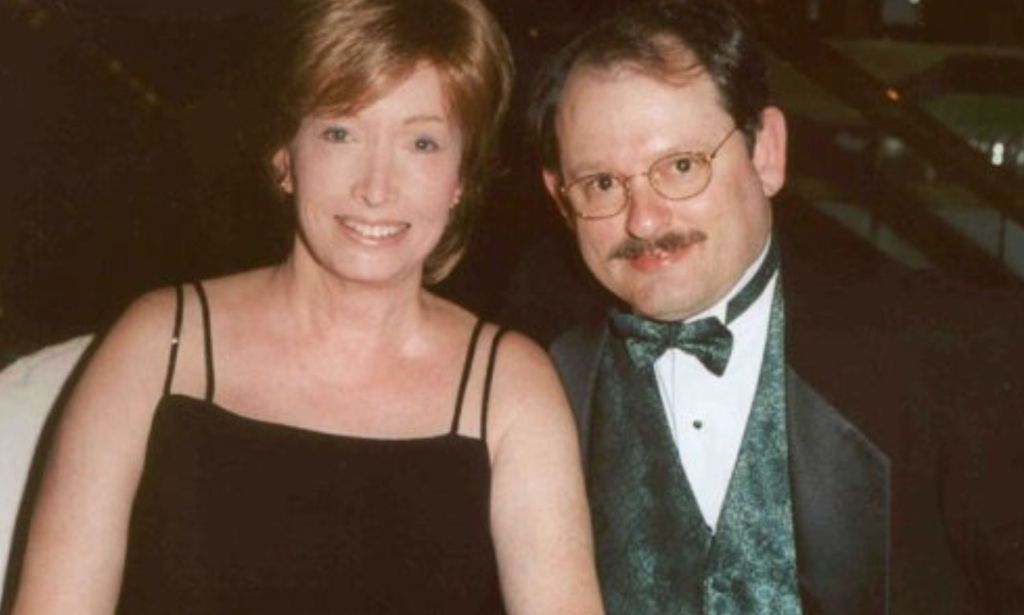Lynn Conway, trailblazing trans computer scientist, dies at 86

Trans computer science engineer Lynn Conway has died aged 85. (Facebook)
Lynn Conway, a trans American computer scientist best known for her work on microelectronics, has died at 86 years old.
The former IBM and Xeros PAC engineer reportedly passed away in her home in Jackson, Michigan on Sunday (10 June) following complications due to a heart condition, according to her husband, Charles Rogers.
“I was by her side the entire time, and was holding her hand when she passed,” he said in the statement. “I don’t know what I will do without the love of my life.”
A computer engineering pioneer of the 1960s and 1970s, Conway revolutionised microchip electronics in a way that made modern computers and electronic devices possible.
Her work on machine cycles in supercomputers at IBM was integral in creating the first superscalar processor computer – a computer that handles instructions through one processing thread.
While working at IBM, she was fired in 1968 after revealing her intention to transition. IBM eventually apologised for firing her 52 years later in 2020, while also admitting that her research breakthroughs gave way to their own success.
Being one of the first Americans to undergo modern gender-affirming care, Conway was a steadfast activist for LGBTQ+ rights, as well as an advocate for women in male-dominated fields such as computer engineering or STEM.
“Lynn Conway’s example of engineering impact and personal courage has been a great source of inspiration for me and countless others,” Lynn A Conway Collegiate professor, Michael Wellman, said following the news of her death.
“I was privileged to know her as a colleague and honoured to hold a collegiate professorship in her name.”
Who was Lynn Conway?
Born in White Plains, New York in 1938 , Lynn Conway’s early life was defined by crippling gender dysphoria, which she began experiencing at a young age.
She entered MIT in 1955 but ultimately dropped out over her attempt to transition between 1957-58, which was incredibly difficult due to the hostile anti-LGBTQ+ climate of the 1950s.
After living in San Francisco for several years, she enrolled at Columbia University in 1961, where she received a bachelor’s and master’s degree in electrical engineering after graduating two years later.
Conway was eventually recruited by IBM in Menlo Park California – eventually dubbed Silicon Valley – to work on various projects, including what would become the world’s fastest supercomputer at the time.
Things became sour, however, after she attempted to transition following a consultation with pioneering gender-affirming care researcher Harry Benjamin, who revolutionised trans-healthcare in the 1960s.
Despite initially being supportive of Conway’s transition, even changing her name on company records, IBM eventually made the decision to fire her based on her gender identity alone.
On the decision by IBM, Conway told the LA Times in 2020 that she was nonjudgmental about having been let go.

Far be it from being discouraged from the hiccup, Conway eventually made her way back into the computer engineering industry, completely obscuring her identity and past as a way to work in the field without judgement.
By the 1970s, Conway had quickly climbed the ranks across computer engineering and was eventually recruited by Xerox Palo Alto Research Center (PARC) in 1973.
There, she made some of her biggest contributions to microchip design and research, worked with MIT graduates on co-authoring a book on revolutionary processing research, and taught an experimental course on Very Large Scale Integrated chip design (VSLI).
With her contributions to the field continuing up to and into the 1980s, she was recruited by the Department of Defense as an assistant director for strategic computing, where she spearheaded research into machine intelligence technology.
She eventually settled into an academia job as professor emerita of electrical engineering a computer science at the University of Michigan, where she stayed until retiring in 1999.
How did this story make you feel?

